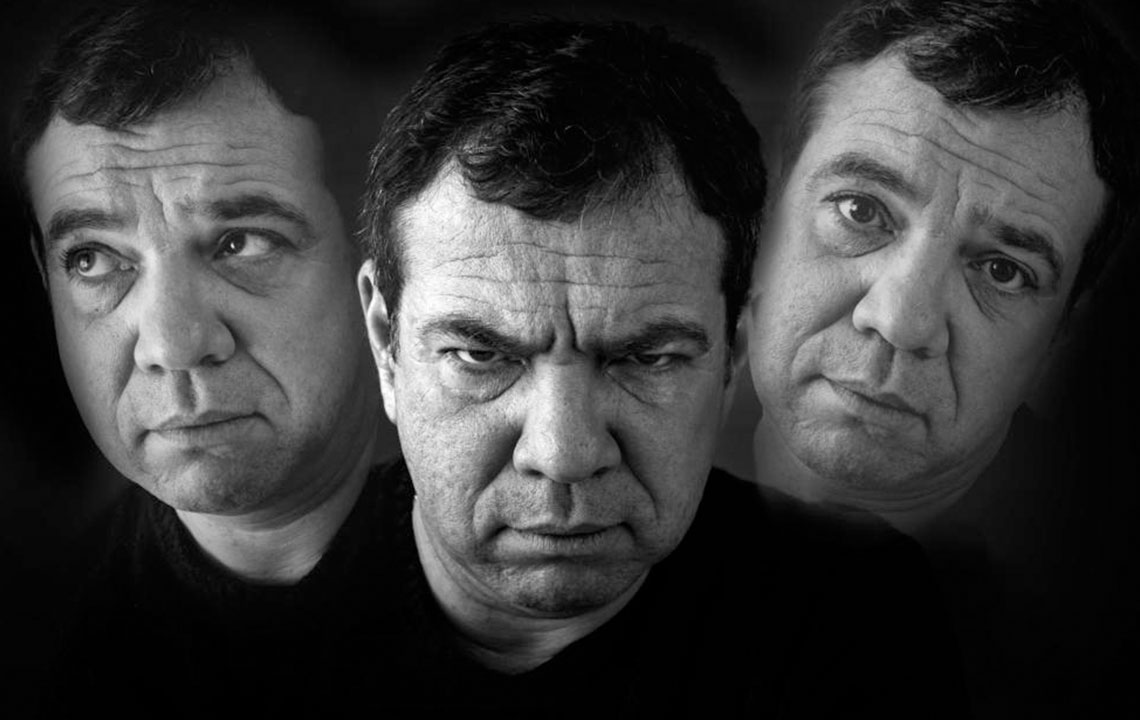Early Detection and Management of Paranoid Schizophrenia: Key Signs and Strategies
Recognizing early signs of paranoid schizophrenia is vital for timely intervention. This comprehensive guide details symptoms, diagnostic differentiators, and management strategies to improve treatment outcomes. Early detection allows effective treatment with medication and therapy, fostering better quality of life for affected individuals. Understanding the condition and acting quickly can significantly reduce suffering, enhance social functioning, and support long-term recovery. This article serves as an essential resource for families, educators, and health professionals aiming to identify signs early and provide proper care to those affected.

Early Detection and Management of Paranoid Schizophrenia: Key Signs and Strategies
Paranoid schizophrenia is a distinct and complex subtype of schizophrenia characterized primarily by intense paranoia, auditory hallucinations, and persistent delusional thoughts that can significantly impair an individual's ability to distinguish reality from illusion. This mental health disorder often manifests through a range of symptoms that, if recognized early, can lead to timely intervention, which is crucial for better treatment outcomes. Understanding the early signs and symptoms associated with paranoid schizophrenia is vital for family members, educators, and healthcare providers to enable prompt action and support.
Understanding the Basics of Paranoid Schizophrenia
Schizophrenia, in general, affects the way individuals think, feel, and behave, with paranoid schizophrenia being one of its most recognizable subtypes. It is characterized mainly by paranoid delusions—fixed false beliefs that the individual is being persecuted, harmed, or targeted by others. Alongside these delusions, patients may experience hallucinations, particularly auditory ones, where they hear voices that others do not perceive. These symptoms can cause substantial distress and may lead to social withdrawal or behavioral changes.
Early identification of paranoid schizophrenia plays an essential role in improving prognosis because early treatment can reduce symptom severity, improve functional outcomes, and decrease the risk of complications. The goal of managing this condition involves a comprehensive approach combining medication, psychotherapy, and social support tailored to individual needs.
Recognizing the Key Symptoms of Paranoid Schizophrenia
Detecting paranoid schizophrenia at its onset hinges on identifying specific symptoms that distinguish it from typical stress or other mental health conditions. These symptoms include persistent paranoid delusions, auditory and visual hallucinations, and altered thought processes. Early signs often go unnoticed or are misattributed to other causes, so awareness is critical.
Some primary symptoms to watch for include:
Persistent paranoid delusions that individuals are under surveillance, plotting against them, or being harmed by others.
Auditory hallucinations—hearing voices that comment on their actions or threaten them.
Disorganized speech, inconsistent communication, or difficulty making sense during conversations.
Unusual motor behaviors, agitation, or facial expressions that seem out of context.
Emotional flattening or reduced expression of emotions, affecting social interactions.
Withdrawal from friends, family, and usual activities, often attributed to fear or suspicion.
Understanding the age of onset is also helpful; symptoms often emerge in late adolescence or early adulthood, typically between ages 17 and 30. While rare in children or those over 45, early detection remains important irrespective of age.
Distinguishing Symptoms from Substance Abuse and Other Conditions
It’s essential to differentiate paranoid schizophrenia symptoms from those caused by substance abuse, medication side effects, or other mental health disorders such as bipolar disorder or severe depression. Substance-induced psychosis shares many features, including hallucinations and paranoid thoughts, but the symptoms usually resolve once the substance is metabolized or eliminated. A thorough psychiatric evaluation, substance screening, and medical history are imperative for accurate diagnosis.
Additional signs that might indicate paranoid schizophrenia include:
Unusual motor behaviors such as pacing or repetitive movements.
Difficulty maintaining eye contact or engaging in social interactions.
Disorganized or incoherent speech patterns.
Anxiety, agitation, or impulsiveness.
Neglect of personal hygiene or basic self-care.
In adolescents, early behavioral and emotional issues may be mistaken for typical teen behavior. Signs such as academic decline, social withdrawal, and mood disturbances should prompt further evaluation for underlying psychiatric conditions.
Steps Toward Effective Management and Support
If you suspect someone is showing early signs of paranoid schizophrenia, seeking professional mental health assessment is the first step. Early intervention with antipsychotic medications, psychotherapy, and social support can significantly improve the individual's quality of life and functional capacity.
Key strategies for managing paranoid schizophrenia include:
Engaging mental health professionals who specialize in early psychosis.
Implementing medication adherence plans to manage delusions and hallucinations.
Providing psychoeducation to the individual and their family about the condition.
Encouraging participation in therapy, such as cognitive-behavioral therapy (CBT), to address paranoid thought patterns.
Building a strong support network and fostering a safe environment.
Monitoring for early warning signs of relapse or worsening symptoms.
In addition to clinical treatments, self-help strategies such as stress management, maintaining routines, and avoiding substance use are beneficial. Family support and community resources play crucial roles in ongoing management.
Prognosis and Long-Term Outlook
Although paranoid schizophrenia is a severe mental health condition, many individuals respond well to treatment, especially when symptoms are detected early. With a comprehensive care plan, individuals can lead productive lives, maintain relationships, and achieve personal goals. Ongoing support, medication management, and therapy are essential components of stable, long-term management.
In summary, recognizing the early signs of paranoid schizophrenia enables timely intervention, reducing the impact of symptoms and improving overall outcomes. Awareness, education, and access to appropriate mental health services are vital in tackling this complex condition and supporting affected individuals towards recovery and stability.





